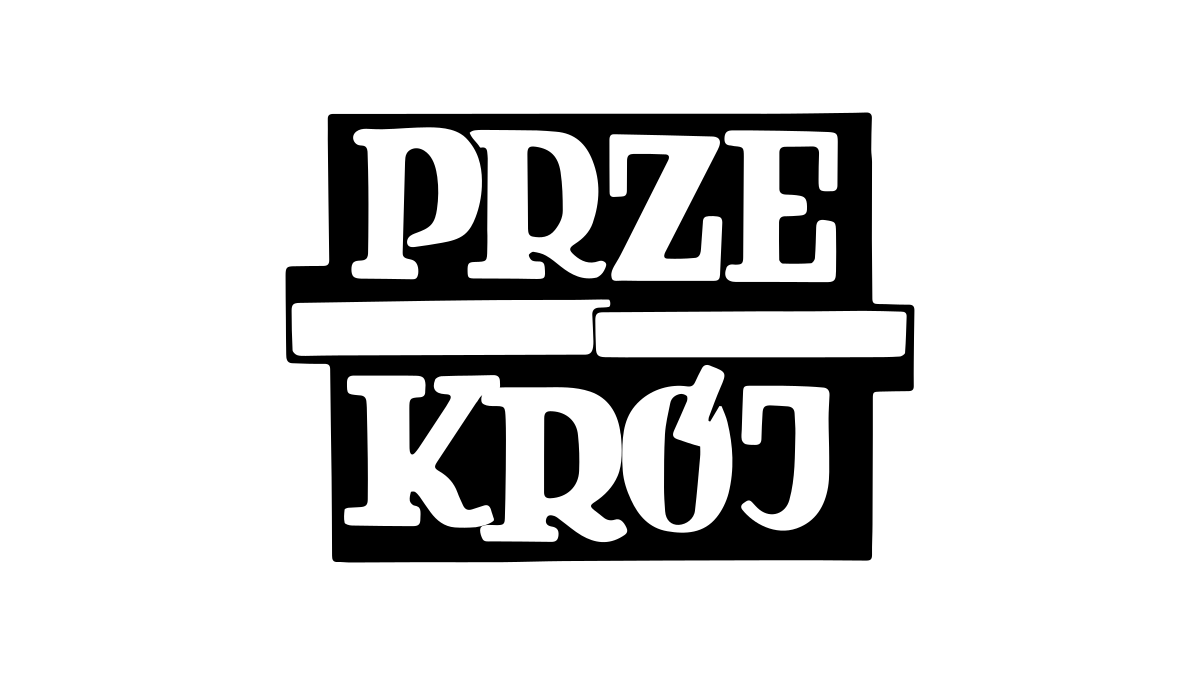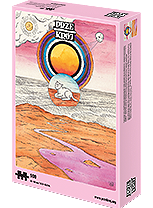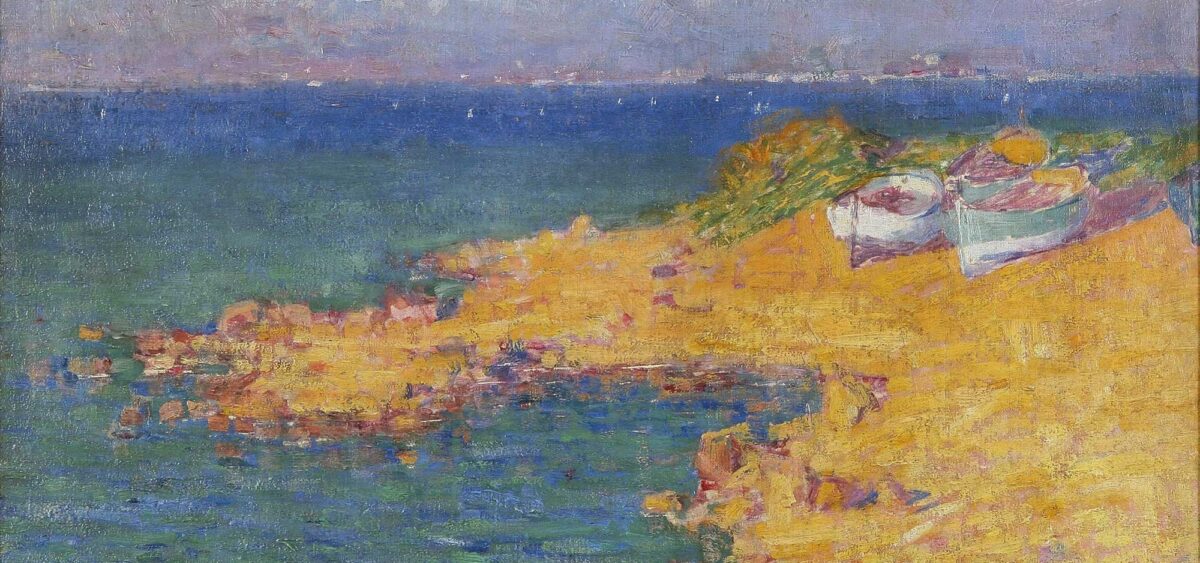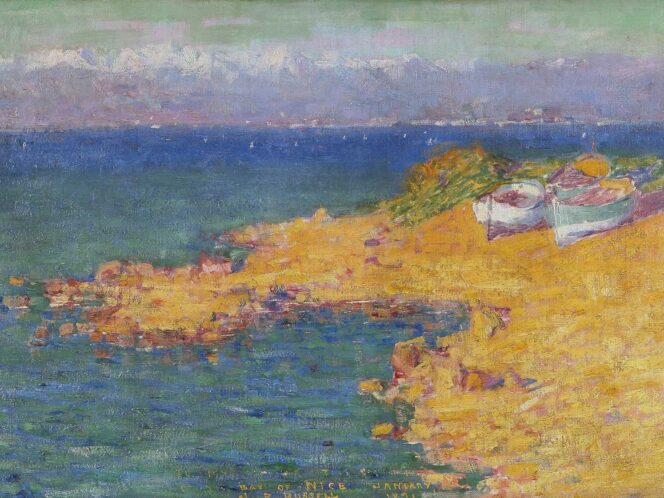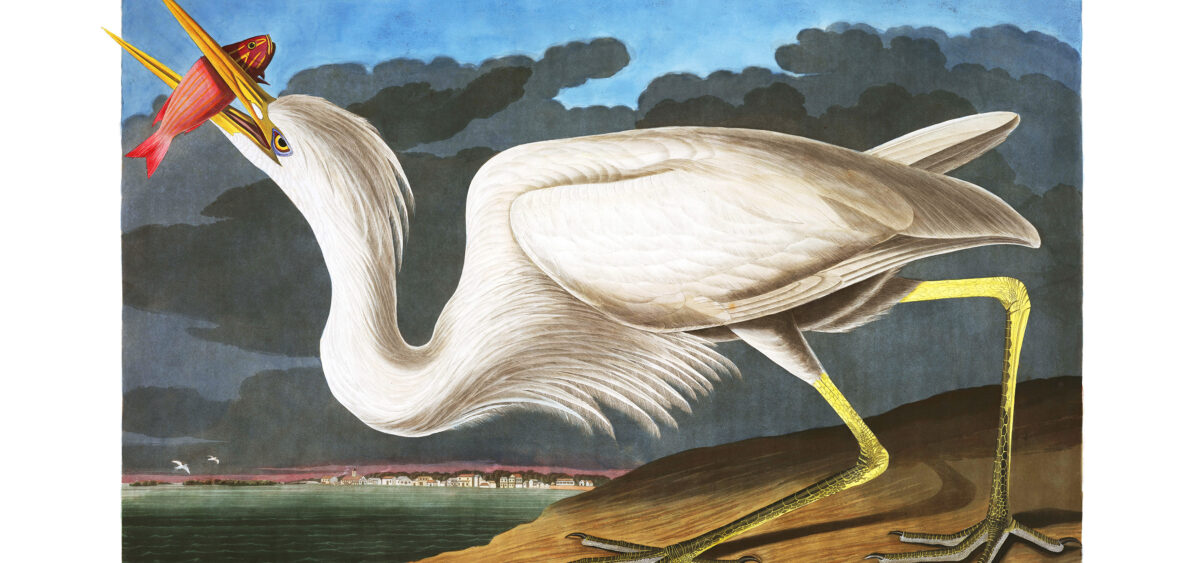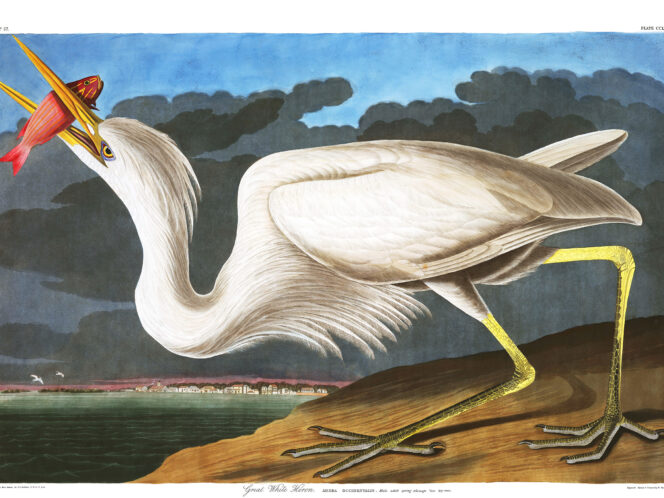
He published dozens of books under various pseudonyms. Among the themes he was interested in were organic multiculturalism, femininity and the need to protect the environment – long before they became popular.
“Everybody knows the story of the willing chameleon. He was put upon a green cloth and obligingly turned green; he was put upon a red cloth and obligingly turned red. Upon a white cloth he turned white, and on a yellow one, yellow. But when they put him upon a Scottish plaid, the little fellow burst.” Romain Gary uses this metaphor in his autobiographical novel, Promise at Dawn, one of his best books.
Romain Gary le caméléon is the title of his biography written a few years ago by Myriam Anissimov. Gary repeated the story of the chameleon in interviews. In Jacques Chancel’s 1975 radio broadcast ‘Radioscopie’, he said about himself: “I was a pilot for nine years, it was my first job; I took part in the Battle of Britain, in battles in Africa, in the landing at Normandy. After the war, I worked in diplomacy for seventeen years, and I concluded my career as consul general in Los Angeles. I was also a minister’s advisor, I wrote novels, reports, screenplays, I directed. More importantly – I come from Russia; Russian was my first language and my first culture. When I was six years old, my mother and I moved to Warsaw, I went to school there and studied Polish. Six years later, we moved to Nice – at the age of six, I mastered a third language and immersed myself in a third culture. I often think about the story of a chameleon
